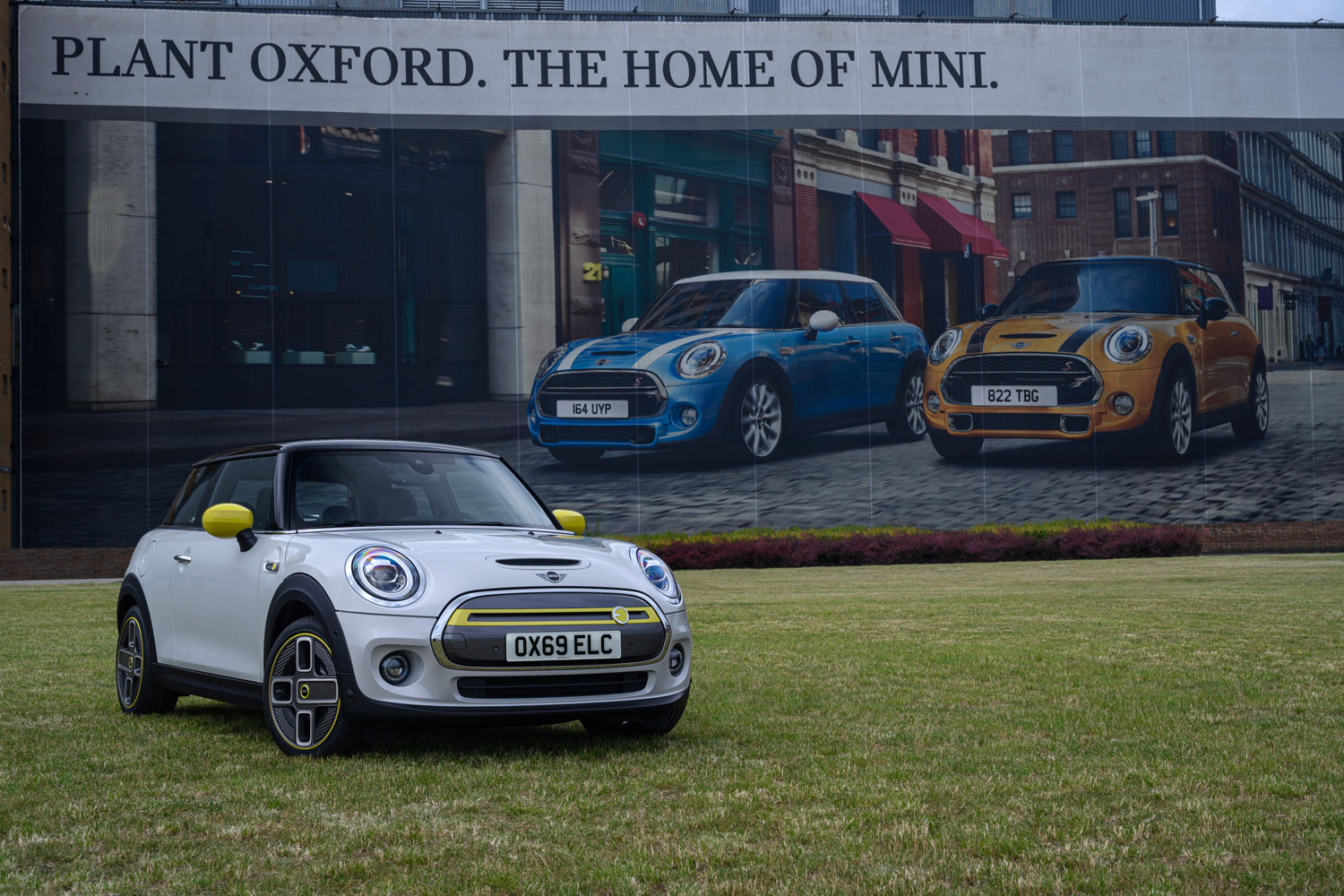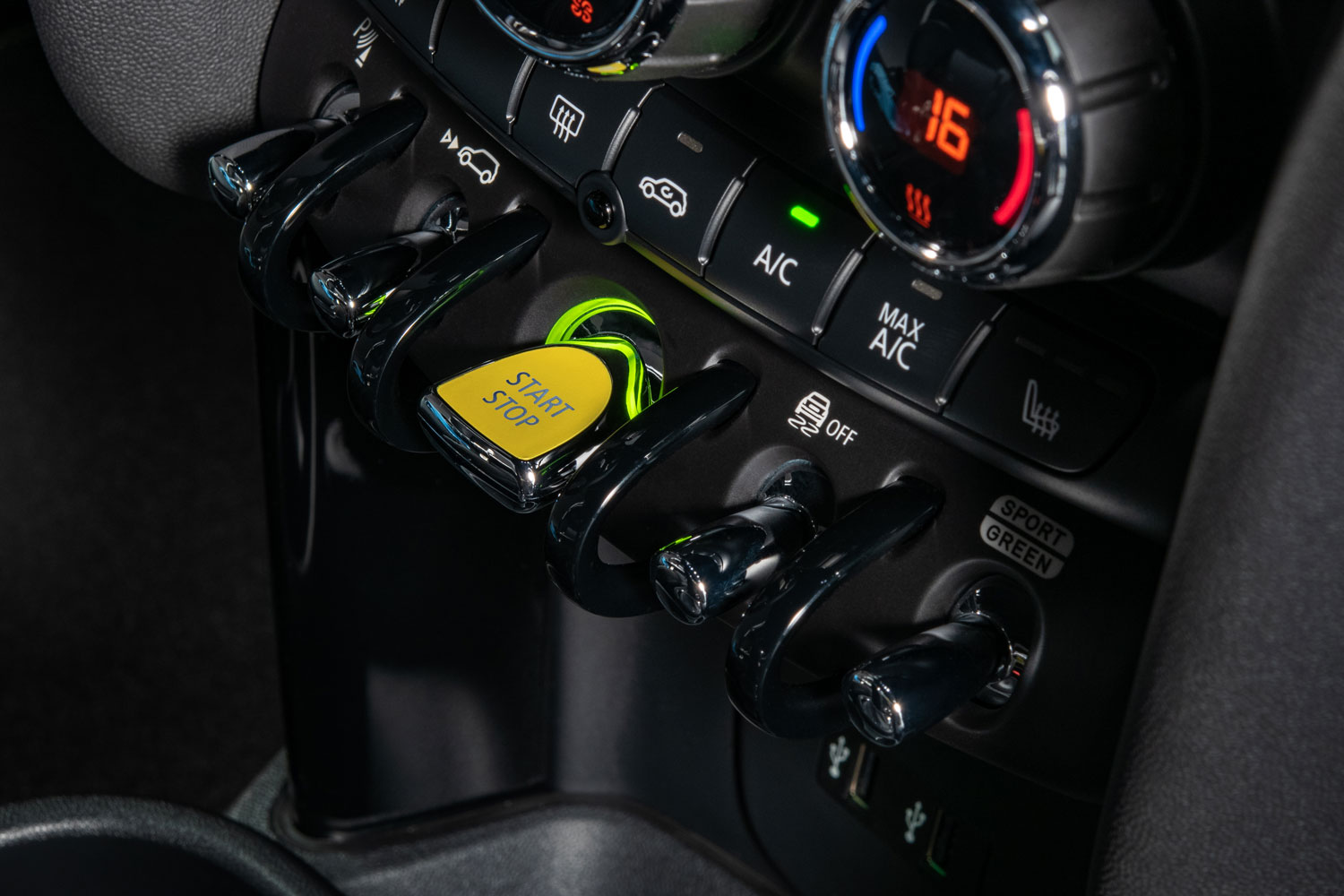Media | Articles
Mini Electric arrives with 144-mile range
If the introduction of the new Mini Electric, which the automaker is calling the Mini brand’s “first fully electric vehicle,” gives you a sense of déjà vu, we’d forgive you. It’s been more than a decade since Mini built and leased 500 electrically powered Minis for the American market back in 2008. Those cars were hand-assembled experiments, but the 2020 Mini Electric will be put together on at BMW’s factory in Oxford, UK, the same facility that produces gasoline- and diesel-powered Minis. Unlike those early battery-powered Minis leased to Americans, the new Mini Electric will be Euro-spec only (for the time being).
Considering how much EV technology has changed in the past 10 years, it’s a bit surprising that the production Mini Electric’s battery pack actually has less range than those proto-eMinis. At full capacity, the Mini Electric lasts 144 miles versus the 150 miles of its earlier cousin, but the newer iteration’s 32.6-kWh lithium-ion battery pack is much more compact. While the first electric Minis lost their rear seats to make enough room for the batteries, the 2020 Mini Electric has the same passenger and cargo capacity as the combustion-powered versions. The new electric Mini is also faster, taking 7.3 seconds to reach 62 mph—more than a second quicker than those earlier battery electrics. The company says that it will be able to recharge to 80 percent capacity in 35 minutes with a fast DC charger.
Available only as a three-door, the Mini Electric has a traction motor rated at 181 horsepower and 199 lb-ft of torque. When you allow for the 350-lb handicap the EV carries compared to regular Minis, the Mini Electric’s performance should be roughly comparable to the Cooper S. Given that, the Cooper S badge on the back is appropriate—though the fake air scoop rings false.
While that 144-mile range does not sound impressive, it’s not terrible for the growing segment of electric city cars. Though it is far short of the Renault Zoe’s 242 miles, the Mini Electric has about 20 miles on the Honda e’s promised range.
Marketplace
Buy and sell classics with confidence



Aesthetic changes are minimal. There is a new blanked-out front grille—which is offered in either matching body color or an eye-searing yellow—in addition to slightly different bumpers, wider wheel arches, and LED lighting.
Asymmetrical, two-tone 17-inch Corona wheels are optional. The charging port is right where the fuel-filler flap is on conventional Minis. With the new bumpers and grille, the Mini Electric is about 3/4” longer than regular Minis, and rides about half an inch higher to accommodate the battery pack. Despite the increased ride height, the position of the battery pack actually gives the Mini Electric a lower center of gravity than the regular Minis, and eliminating the heavy combustion engine yields better front-to-back weight balance. According to Mini, handling should be at “go-kart” levels. (Of course, outside of automotive PR departments, the only things that handle like go-karts are actual go-karts.)
Although things on the outside are mostly unchanged, the Mini Electric is the first model to get the brand’s new floating digital instrument screen, a feature that will eventually proliferate across the Mini range. The center console has been revised and now features an electronic parking brake. The Mini’s traditional dash-mounted toggle switches are retained and manage driving modes (Sport, Mid, and Green), traction control, and the level of regenerative braking.
And unlike the all-electric one-of-a-kind classic Mini EV conversion we saw last year, this new model is almost ready to go. Mini dealers in the UK are taking orders now, with delivery planned for the fall. Prices start at £24,400, including a £3,500 government credit, with a 48-month, 32,000-mile lease going for £299/mo. That cash price is actually £500 less than a comparably equipped Cooper S.










